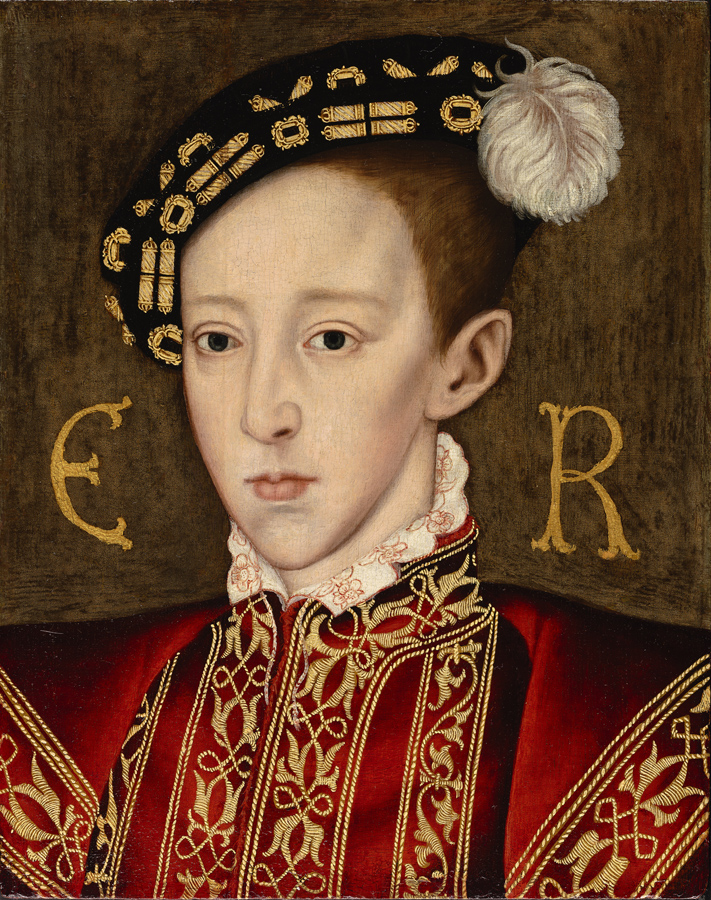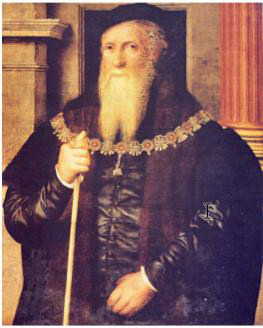Hello and welcome back to our weekly blog where twice a week we get a new blog article to embark on a new adventure through history.
Now I know you are wondering “What interesting things do the storytellers have for us this time?” Well! To answer your question we have something rather spectacular to show you, in this new article series we have something very special up our sleeves…(Drumroll please) We will be having a beautiful art gallery.
And our first artist is… William Scrots.
A bit about the artist
William Scrots was a painter of the Tudor court and he was an exponent of the mannerist style of painting in the Netherlands.
In England, William Scrots followed Hans Holbein as king painter to Henry VIII in 1546. He continued this role during the reign of King Edward VI, then after King Edward VI’s death it is presumed that William Scrots had left England.
Little more is known about William Scrots other than his art which showed an interest in Indigenous techniques and detailed accessories.
Now, in the words of Art historian Ellis Waterhouse, “Although Scrots was not a painter of high creative or imaginative gifts, he knew all of the latest fashions. (Now I don’t know about you, but I smell a bit of a scandal going on here)
Onto the art gallery
William Scrots had four very famous paintings.
His first piece is of Edward VI.
This painting was sent to the French court in 1552 and is now sitting in the Musee Du Louvre (Museum of Louvre) It was painted in 1550 with oil paint and on a panel.
His second painting was of Queen Catherine Parr.

The title of this painting is called Queen Catherine Parr, it was painted in 1545 with oil and a panel. While the original painting is in the National Portrait Gallery in London, there is a copy of the painting in the collection of Trinity College in Cambridge.
The third picture is called Edward VI, c. 1550

This portrait was painted between 1547 and 1553, the current location of the painting is unknown. The medium used for the portrait is oil and oak wood. The red in this portrait is stunning is it not?
The fourth and last painting we will be looking at it called: Portrait of Sir Anthony Wingfield.

The portrait was painted in 1550 by William Scrots. The medium used is oil and canvas. The portrait was sold at Sotheby’s, London on July 10th, 1991.
The End of Today’s Article
Though the portraits are greatly different, they all have something in common; they were painted by William Scrots. Now that we have gone over the art gallery of William Scrots, I have a couple of questions for you, Which one of his paintings did you like best in this gallery? And what is your opinion of the painting you like the most? If you have the answers please send them to Georgia Clearless for a prize.Fancy writing a blog of your own?
The storytellers team is looking for new team members, if you are interested in writing blogs like this one please fill out an application and send it to
Georgia Clearless